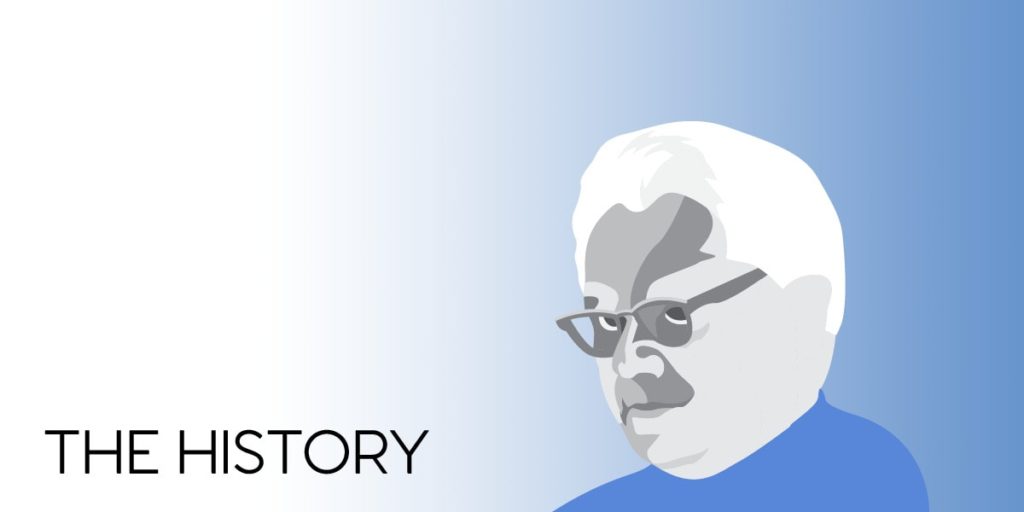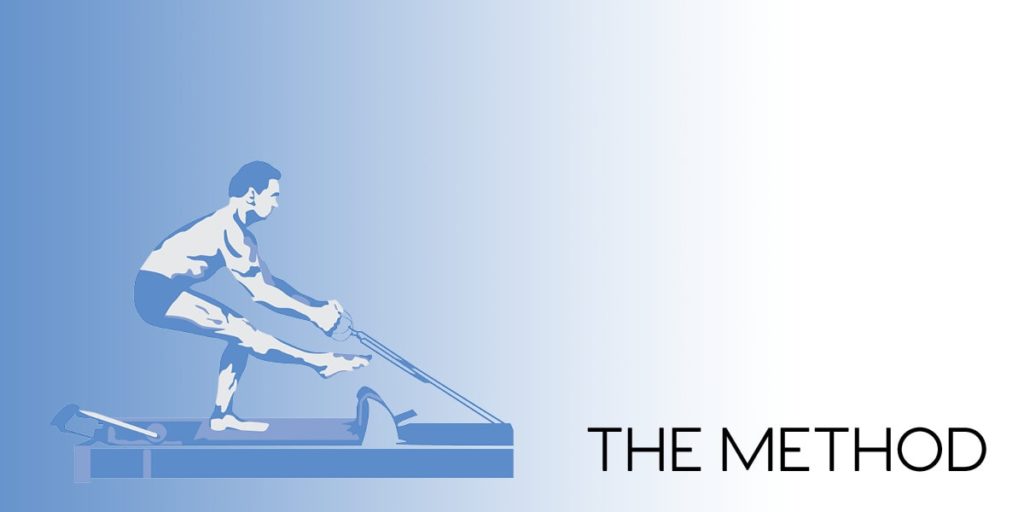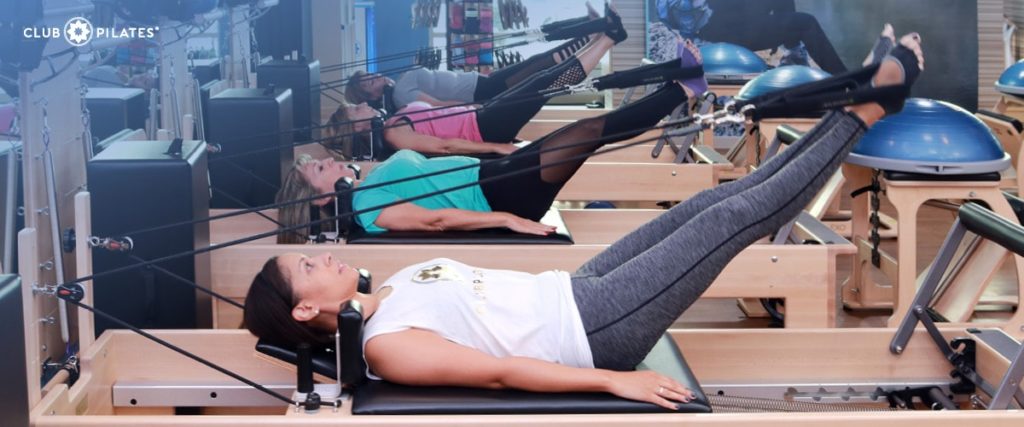Pilates was developed by a German man named Joseph Pilates. As a child, he was chronically ill, but he was determined to make himself healthy and strong. This set him on the path to becoming a bodybuilder. He also studied anatomy and sampled as many types of exercises as he could and recorded the results. Not only did he study Western methods, but he studied the Eastern methods of yoga, tai-chi, and martial arts.
Although he was German, he was living in Britain at the time of World War I. The British interned him as a German alien, and this is where he began developing his method. Because of his knowledge of anatomy and exercise, while interned, he began working as a nurse. This is where the Pilates method begins to take form. He began experimenting by attaching springs to the beds and developing exercises to help tone and heal the wounded soldiers. It was the beginning of our modern-day reformer. In 1923, Pilates moved to America where he opened his first studio in New York, where the first true reformers were used. These early reformers were shaped like sliding beds that used springs as resistance. His method was instantly a hit, especially among dancers such as George Balanchine and Isadora Duncan. Dancers found his method, which he initially called “Contrology,” to be the best way to recover from their injuries as well as prevent injuries from occurring. From there, popularity spread and the method evolved to where we are today.
So, what is Pilates? Joe believed that physical and mental health went hand in hand, which is why the Pilates method is both a physical and mental workout. His method focuses on correct alignment, control, breathing, flowing movement, and concentration. His precise movements focus on technique and control over repetition. Pilates believed that the core was the “powerhouse” of the body; thus, there is a focus on the core in every Pilates class. The core encompasses everything from your Transverse Abdominus to your back muscles to your Pelvic Floor.
Pilates classes also build overall body strength, flexibility, and create lean muscle tone. The emphasis is on lengthening the body versus bulking and shortening the body. Through practicing Pilates you can expect overall slimming, increased flexibility, and improved mobility. You may also find that you become more in tune with your body. In terms of mental benefits, you may feel less stressed and more focused. Due to its low-impact nature, Pilates is for everyone across all walks of life. In addition, you can modify exercises to suit your practice. Because of this, it’s difficult to plateau in your practice. Pilates is truly a lifelong fitness regimen.
| Try a FREE Intro Class! |





